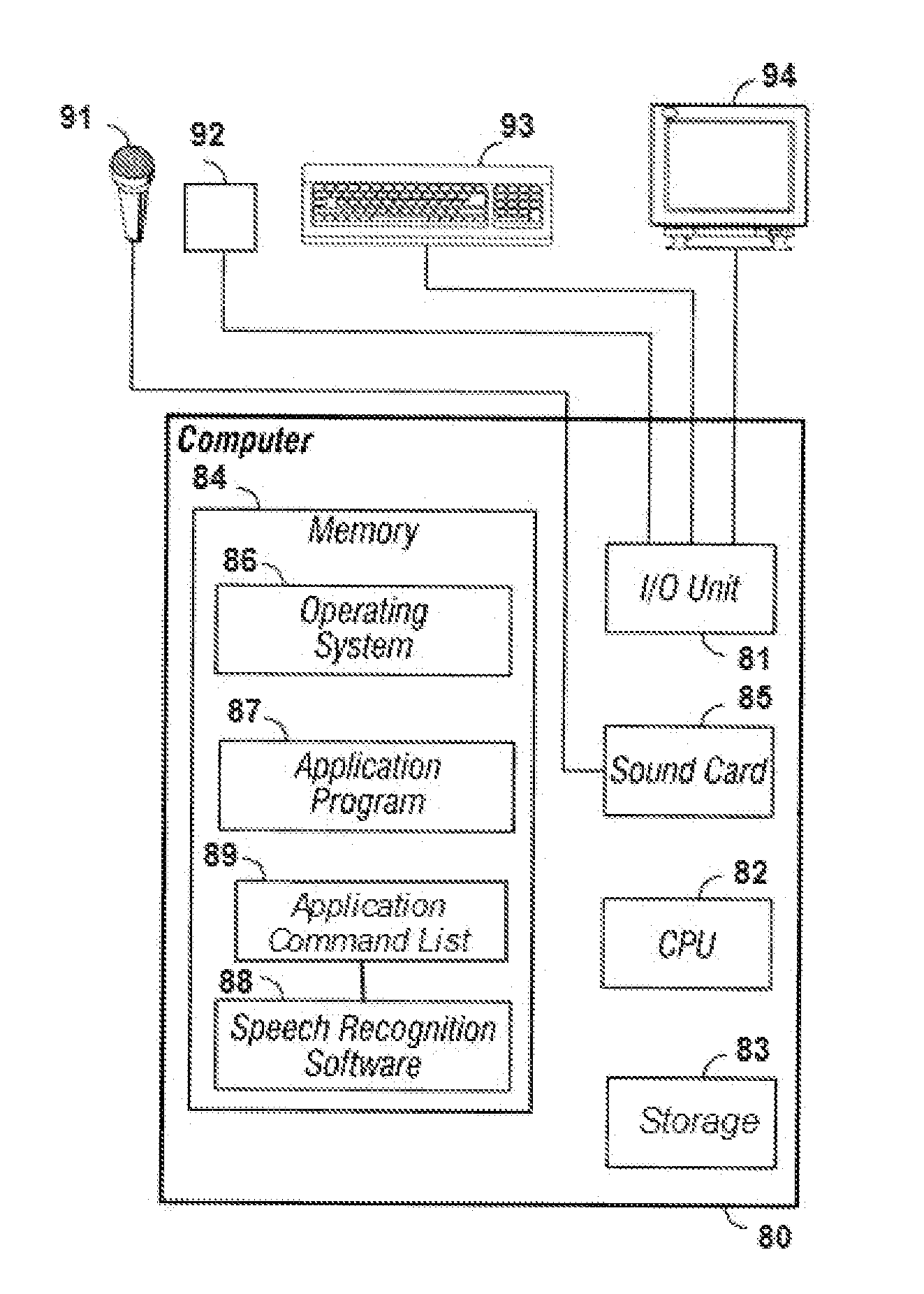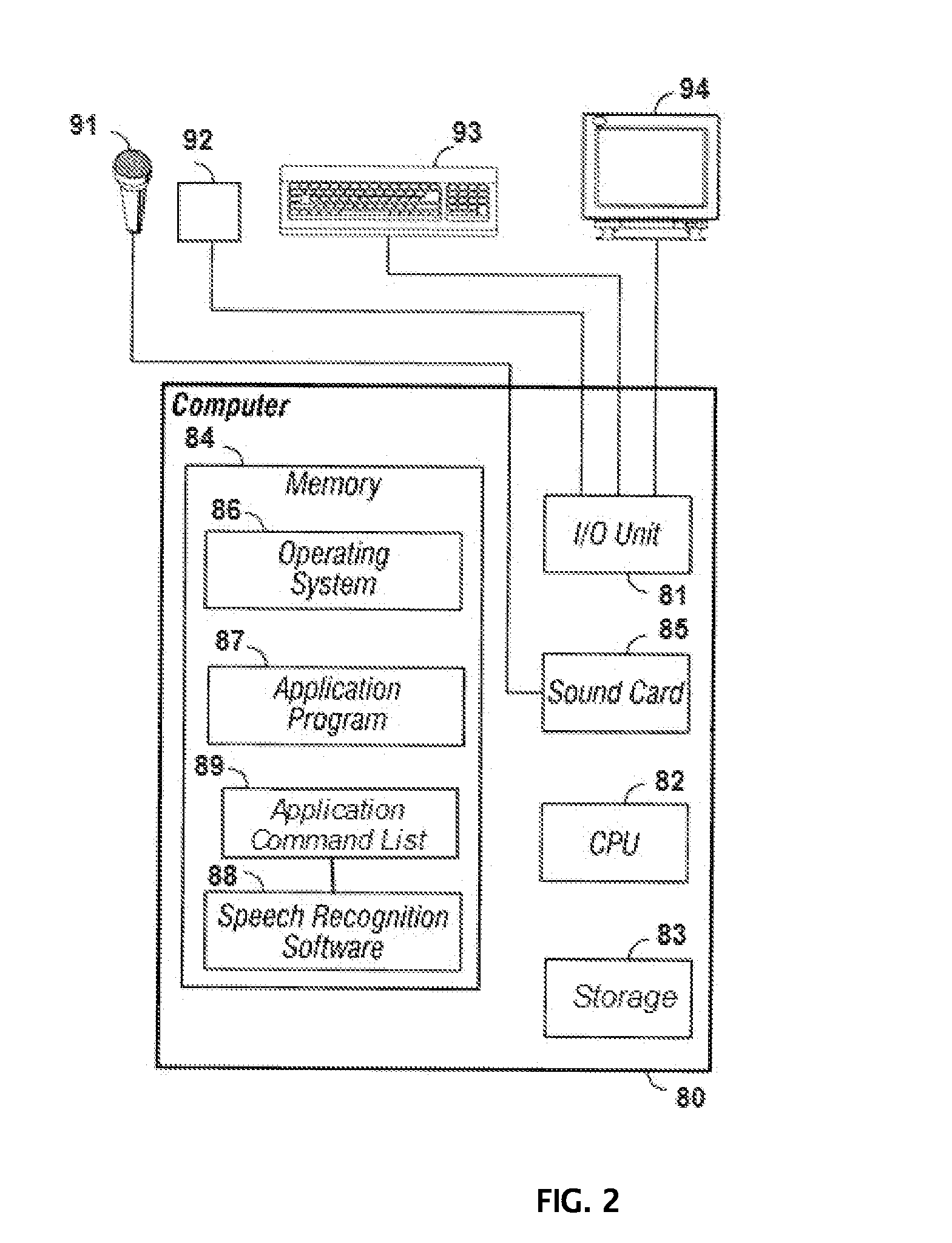Unfortunately, accessibility frameworks such as the Microsoft UI
Automation and Active
Accessibility used by the Windows
Operating System, are frequently ignored and applications fall into a range of inaccessibility which range from totally inaccessible to nearly accessible where nearly accessible means there are only minor differences between Hierarchies 1 and 3.
But, the opposite is rarely true, almost no applications fall into the completely accessible category with all three of the object hierarchies perfectly in
sync.
But, when a computer user with disabilities tries to interact with an application that does not use an accessibility framework, the discrepancy between hierarchy 1 and 3 makes the software inaccessible to
speech recognition applications and other
assistive technology programs.
The lack of accessibility is a serious problem for people with disabilities.
In addition, mice and touch screens are not
usable by disabled persons such as quadriplegics.
Further, there is evidence that extensive use of mouse-intensive applications over an extended period of time could lead to physical injury to some users meaning they one day may fall into the category of those for whom mouse use is painful.
The software is unusable by a user with disabilities because the
operating system is unable to inform accessibility software anything about what controls can be interacted with.
Thus, buttons in an inaccessible application cannot be read by a
screen reader, clicked by a speech recognition program, or its text properly magnified by a screen
magnification tool.
Inaccessible applications place persons with disabilities at a huge
disadvantage in the workplace, presenting a needless barrier to their gainful employment, perhaps one reason why the unemployment rate among those with disabilities is twice that of those without disabilities.
Thus, those with disabilities face even face barriers trying access and
control software that can help them achieve a quality education.
The problem is getting worse.
But, only experienced programmers can make the application accessible.
But, laws and guidelines haven't solved the problem, or even lessened the issue.
Since almost anyone can create an application and only experienced programmers can make the applications accessible, there has been an onslaught of inaccessible programs.
But, prior art technologies do not offer a simple, easy to use or efficient solution.
These mouse grid technologies let a user access a particular screen location on a
computer device but these technologies were not designed for and are not used in order to
drill down or navigate an application because these technologies are: 1) Too slow.
Even a proficient user usually needs to issue four or more speech commands to click on a single control and, 2) Too awkward and confusing.
But, the prior art inventions are not a solution and haven't been successful since they don't address the inaccessibility of the many programs that do not conform to an accessibility framework.
The failure of the prior art technology is demonstrated by the existence of an entire consulting business whereby experts create scripts (small programs usually written in a
scripting language that are
part of speech recognition program such as Dragon NaturallySpeaking and in
screen reader programs such as JAWS) so that users can access various screen locations and overcome the limitations of the prior art.
But, even this doesn't solve the problem.
Creating these commands is
time consuming and expensive, an expense that frequently runs into the thousands of dollars, and, significant difficulties remain even if one invests the time it takes to create a full set of commands for an application or
web page.
Users cannot be expected to remember the names of hundreds of uniquely named commands, even after repeated use, thus, complicating and slowing down control.
In many cases, software applications cannot be made accessible with prior art technologies.
These applications are so complex that it would take thousands of individual macros to control them.
Such commands sets have never been made because they would be too complex to use.
Most applications and websites are not designed for use by speech recognition, screen readers and other accessibility tools and do not fully confirm to any accessibility guidelines.
Many applications, websites and web apps do not confirm to any accessibility
guideline.
Thus, users of accessibility software who have disabilities cannot fully access and control most of their applications.
 Login to View More
Login to View More  Login to View More
Login to View More 


